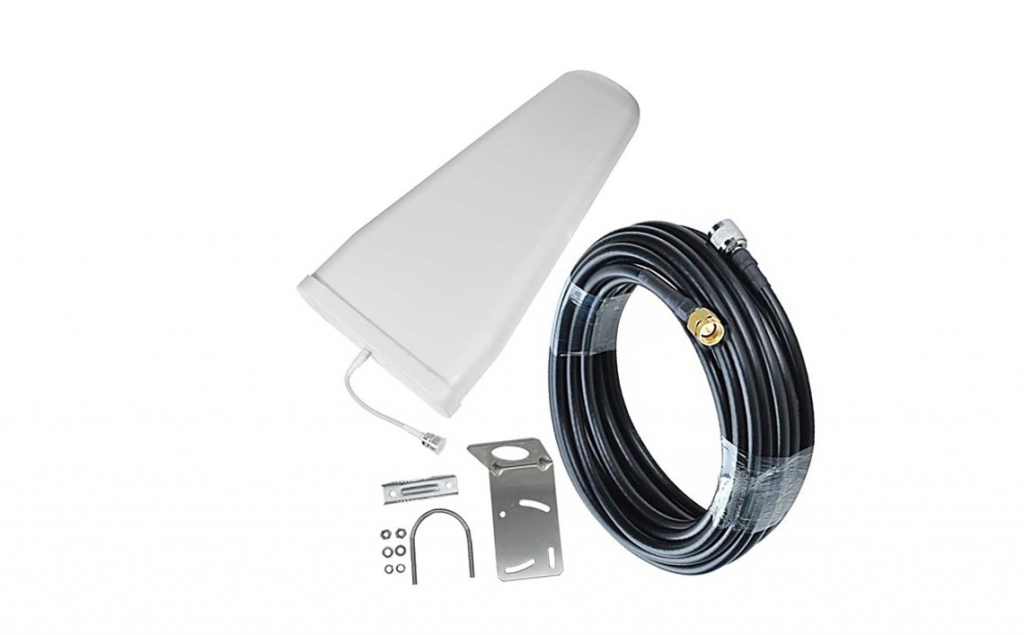Why is it called log periodic antenna?
4 min read
LPDA Antenna
The LPDA Antenna or Log Periodic Antenna is in many areas to provide a wideband RF antenna solution with gain and directivity over that offered by a dipole. In some applications, such as satellite radios and radar remote sensing, antennas with this type of gain are used for both transmitting and receiving waves through airborne devices.
Some applications require having the ability to directly receive the signal rather than transmit it. An example would be when using an antenna at higher frequencies like 3 GHz, 4 GHz, or 5 GHz. This gain is known as mmWave. All of these types of antennas are built on traditional metal structures. For example, the cylindrical type antenna is mostly made from aluminum or copper; however, even those antenna types can also use materials like glass or plastic. These antenna designs are constructed using various technologies including metallic, glass, plastic, and others.
Some examples of these antenna types include the following:
Cylindrical Microwave (CM) antenna: a circular array of radio antennas that have the same physical shape as the base station antenna model (a few elements of the antenna being cut off and placed inside the building). Most of all in this type the element size is smaller than 20cm. Other benefits of this design are the ease of installation since only one part of the antenna needs to be set up, and there’s no need for other wires or cables. If you want to take advantage of the beamforming feature, they can be mounted into the system’s assembly.
Mica/Plastic Antenna: The mica/plastic antenna is made from any smooth silicone material, typically with the capability of becoming virtually airtight. Simple construction is made from concrete and then covered with concrete to create either an open helical antenna structure or a telescopic antenna structure. Either way, the main components are made entirely from hard material, while other materials become secondary, like glass or plastic antennas. Of course, the best way to get your design approved or tested in most states is by consulting with a professional company like VNANS.
Metal Antenna: A common name was given to a flat piece of wire with a very narrow bandgap. This type of antenna is almost always surrounded by a conductive material such as mica, dielectric, or plastic. Because these alloys often exist as either coils or coils, they usually consist of coils rather than wires. They are quite heavy and sometimes expensive to manufacture in size, but are still widely available and used.
Numerically Identifiable Antennas: This type of antenna consists of tiny antennas and small antenna components that are connected to each other. To do this, the antenna’s designers will make a simple construction out of a rectangular or hexagonal-shaped block of metallic material that can be attached to whatever type of antenna they intend to make. Then, the antenna components such as the ground plane and antenna itself will be placed on top of this block of material.
Dipole & Diplexer: Another type of antenna made from metals. Much like the previous two mentioned ones above, this type contains multiple antennas, one per channel and a separate diplexer in between them to filter out various electrical signals. Both can be made completely from a single metal or can consist of lots of pieces of different metals. Regardless of how complex, these models can make the difference between effective communication in a rural area and the possibility of interference in a city. Ceramic Microwaves Antenna: Also called solid crystal antenna and similar to several other kinds of antennas, this type uses a ceramic antenna to broadcast its beam either in the direction of high-frequency waves, such as the UHF band, or low-frequency waves. Since most of the world uses wireless communications, it has been a key option for engineers in developing space-based systems. Not only is it relatively simple to make, but unlike other types of antennas discussed previously, it does not utilize metallic components.
Polarized Surface Antenna: Using a polarizing surface, this type of antenna produces a circular beam of high-frequency and high-purity waves in response to a specific waveform. As we all know that the UHF spectrum is extremely popular in our society today due in fact to its effectiveness for voice dialers and cell phones.
Impedance Worn Waveguide: Although this type of antenna is capable of transmitting and receiving waves with varying bandwidths, this one is primarily suited for higher bands than the former ones or lower ones.
Banded Filtering Algorithm: Using the principles studied by the discrete Fourier series, the filtering algorithm of this type should allow obtaining any desired number of filters to block out certain frequencies.
Frequency Selective Transmitter: This type of antenna is designed to work effectively in the range of frequencies around 3 GHz and up to 11 GHz. Additionally, it provides excellent performance for large-scale networks with multiple channels.
To know about this read more: Integrate Card Reader On Your POS Terminal To Make Payment Easier
Multiple Channel Receiver: Often called multi-channel receiver, this type of antenna is optimized to pick up multiple radio and audio signals. Generally speaking, this type of antenna is used to provide better reception of multiple channels at once. With multiple channels, the signal received as a whole by the transmitter is combined with those of individual channels making it easier to receive multiple channels rather than just one channel at a time.




